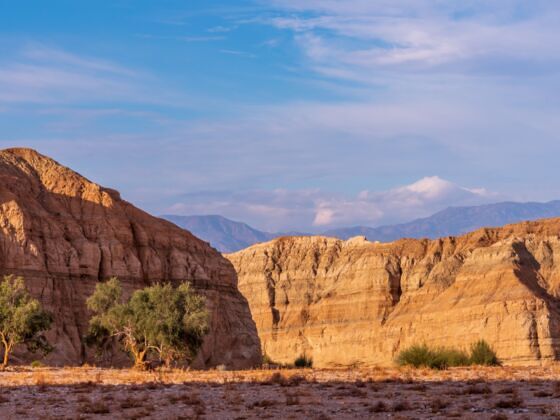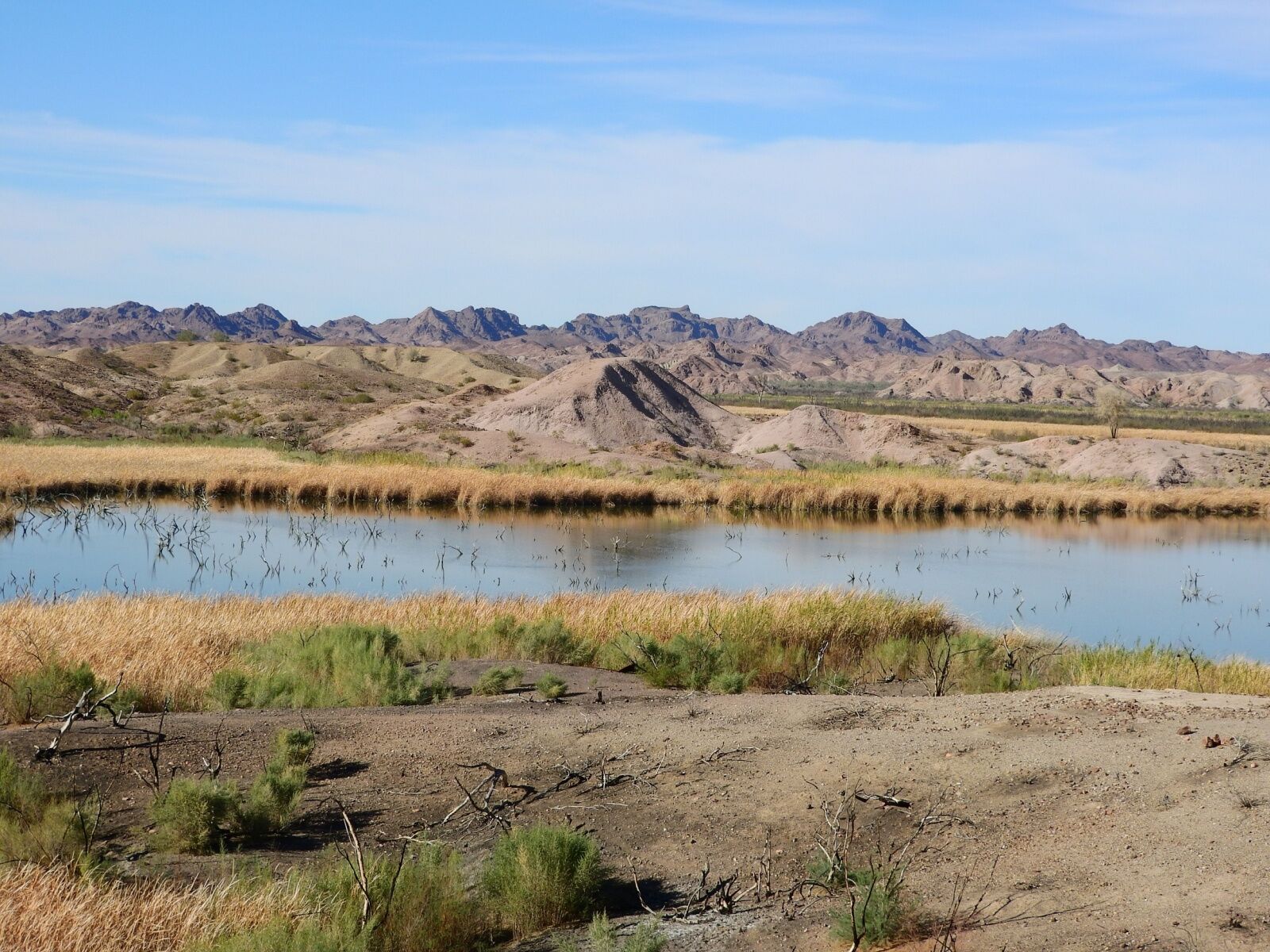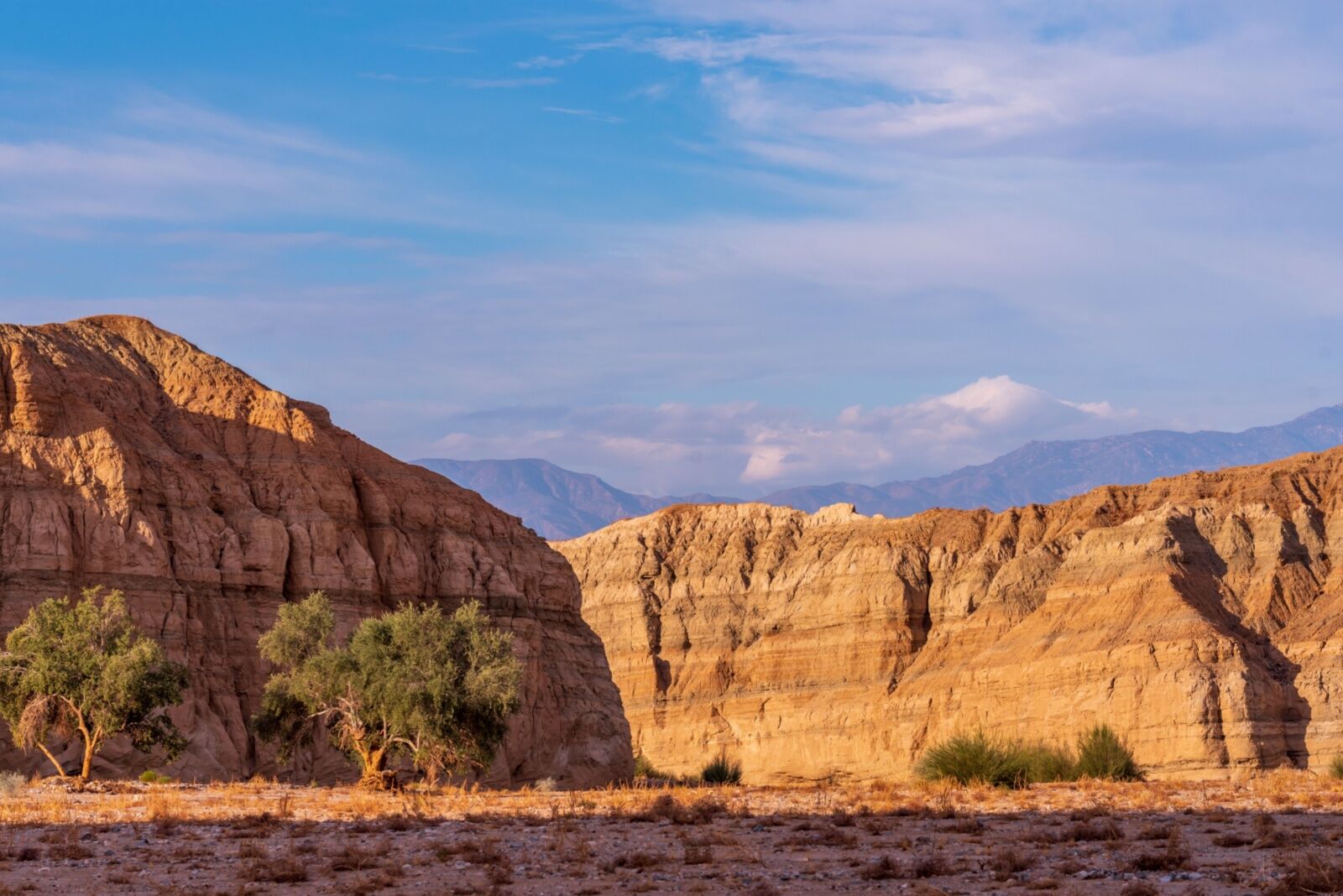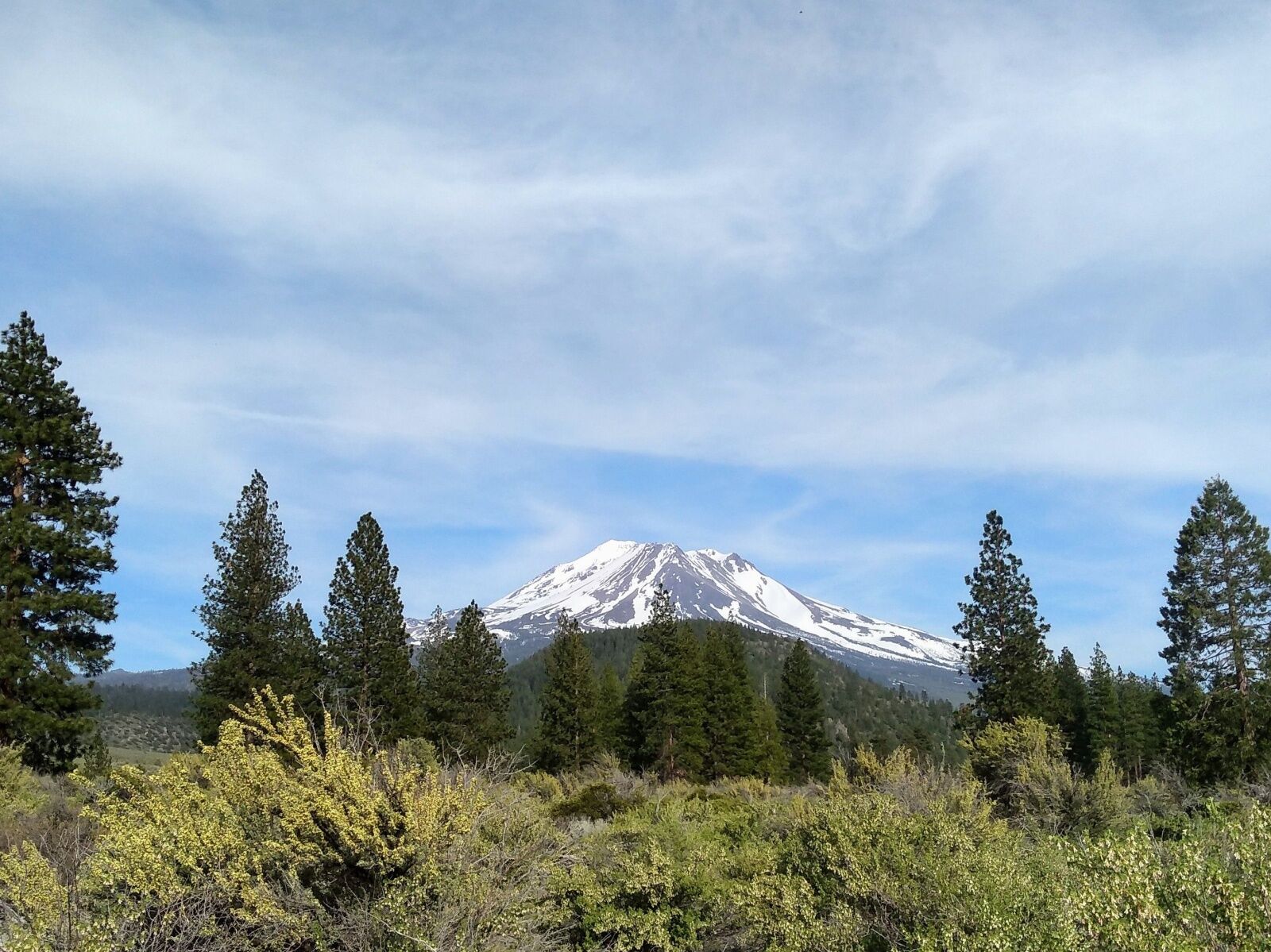California may soon see the addition of three new national monuments, if tribal leaders are successful in their calls to spur President Joe Biden to action. Along with environmental groups and local advocates, Indigenous groups are pressing for President Biden to use the Antiquities Act of 1906 to designate three new federally protected areas: what would become Chuckwalla, Kw’tzan, and Sáttítla national monuments. By using the Antiquities Act, the president can create new national monuments with a proclamation, rather than waiting for an act of Congress, as is required for national parks. President Obama created three in California in 2016.


These 3 Sites Could Become California's Newest National Monuments
Advocates for the new monuments argue that the areas meet the necessary criteria: they contain significant cultural sites, unique ecosystems, and landscapes vulnerable to development. Tribal representatives say that the sites are key to preserving Indigenous heritage, as many of the proposed sites hold spiritual and historical significance. Environmental groups point to the ecological benefits of protection, particularly as these regions face threats from climate change and resource extraction, while also serving as homes for threatened species.
Advocates are also worried that if President Biden doesn’t act soon, the opportunity will be forever lost. President-elect Trump has voiced support for reducing environmental regulations and reduced the size of existing national monuments during his first administration, leading many to believe that the three sites may be damaged beyond repair during the next four years.
As of November 22, 2024, there have been no official public statements from the White House regarding the proposed designations of the Chuckwalla, Kw’tsán, and Sáttítla National Monuments in California.
Heres what to know about the three proposed national monument sites.
Kw’tsán National Monument

Photo: Scenic Corner/Shutterstock
The southernmost proposed monument is Kw’tsán National Monument, which aims to protect approximately 390,000 acres of ancestral lands in Imperial County, California. The lands hold profound cultural and spiritual significance to the nearby Fort Yuma Quechan Indian Tribe. The monument would preserve the native homelands of several Indigenous tribes in the area, and would lend extra protection to lands within Indian Pass, an area designated by the federal Bureau of Land Management (BLM) as an “Area of Critical Environmental Concern.” The monument would also safeguard an ecosystem that serves as habitat for rare and threatened species, including the desert tortoise and burrowing owl.
Opposition to the designation primarily centers around potential restrictions on resource extraction and land use, such as mining and grazing activities. Recreational interests, including off-road vehicle enthusiasts, also express concerns about losing access to parts of the land. Some also say it’s a land grab, and that limitations on development would make it too difficult to “secure the southern border.”
Chuckwalla National Monument

Photo: Angela Dukich/Shutterstock
Further north is the proposed Chuckwalla National Monument, which would protect 627,000 acres to the south of Joshua Tree National Park. The effort is being led by the Torres Martinez Desert Cahuilla Indians, the Fort Yuma Quechan Tribe, and the Twenty-Nine Palms Band of Mission Indians, among other native land owners. Supporters say the monument would “protect important heritage values tied to the land,” including petroglyphs, traditional cultural places, sacred sites, and more. It’s also home to several historical routes used by both Indigenous groups and early white settlers, and homes to several rare and endangered species of native California flora and fauna.
As with Kw’tsán, people against the designation are mostly opposed to limitations it could put on recreation and extractive businesses, as the national monument designation would likely include new limitations on the public’s ability to mine or drive off-road vehicles in the desert.
Supporters are also hoping to add an additional 17,000 acres to Joshua Tree National Park to protect wildlife habitat. If the push is successful, Chuckwalla National Monument would be the fifth-largest national monument in the Lower 48. Currently, one of the most popular areas within the proposed monument is the Mecca Hills Wilderness, run by the BLM and known for canyoneering, desert wildlife watching, and numerous hiking and backpacking trails.
Sáttítla National Monument

Photo: ImagesInMotion111/Shutterstock
The third proposed monument is in far-north California, close to the town of Mount Shasta. Sáttítla National Monument would protect more than 200,000 acres within the Medicine Lake Highlands, an area that holds profound cultural and spiritual significance for the Pit River Tribe and other Indigenous communities. Historically, the healthy landscapes supported many Indigenous tribes in the region, and today, several still use sites within the proposed monument for spiritual ceremonies. Much of the state also relies on the region, as it captures a significant amount of snowmelt from the surrounding Sierra Nevada and feeds rivers that supply California’s drinking water.
There’s perhaps less opposition to Sáttítla than there are to the other monuments — perhaps because it’s in one of the most sparsely populated areas of California — though some forestry groups have suggested that switching to federal management may impede some current wildfire prevention projects.
The land within the proposed monument is currently a mix of private land and national forests. The latter are open to the public, though access may be difficult in the winter due to heavy snowfall. One of the most popular places for recreation around the Medicine Lake Highlands is Medicine Lake itself, currently managed by the US Forest Service. It’s popular for boating, fishing, and camping, among other outdoorsy activities.